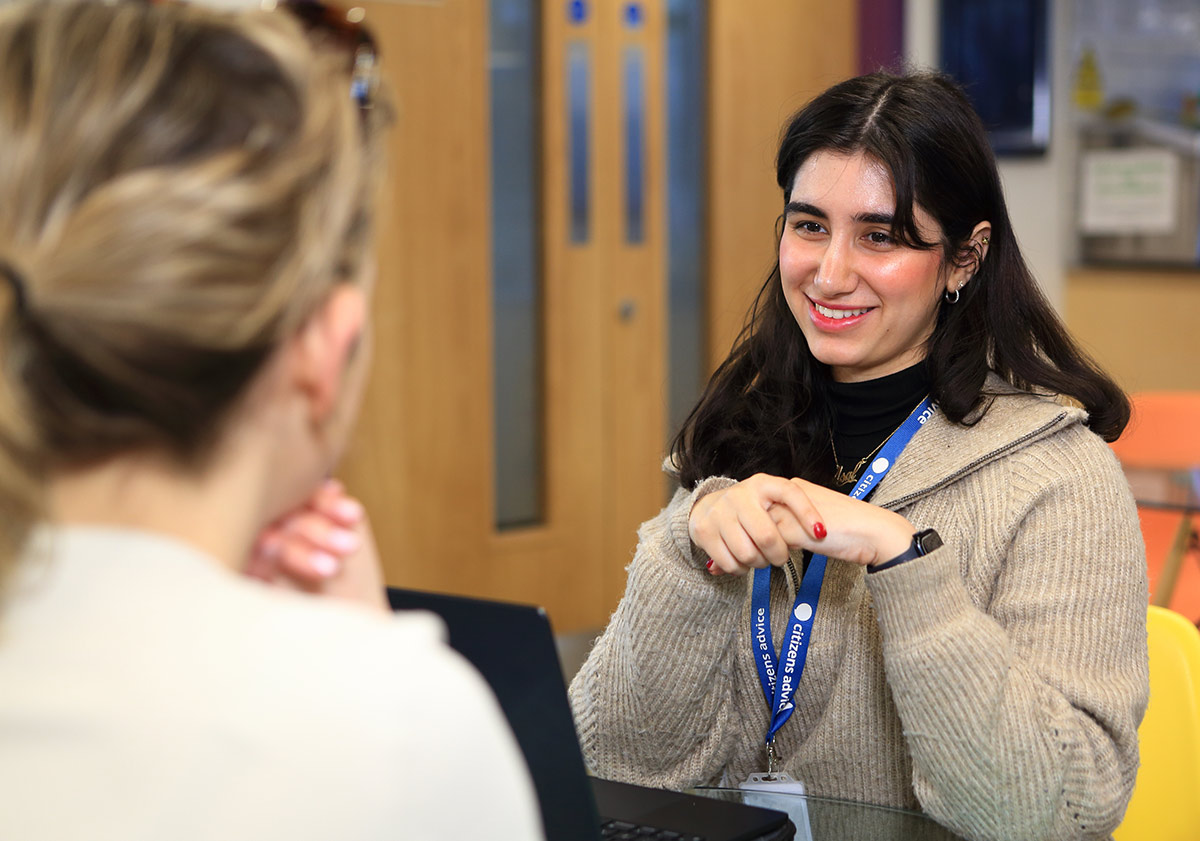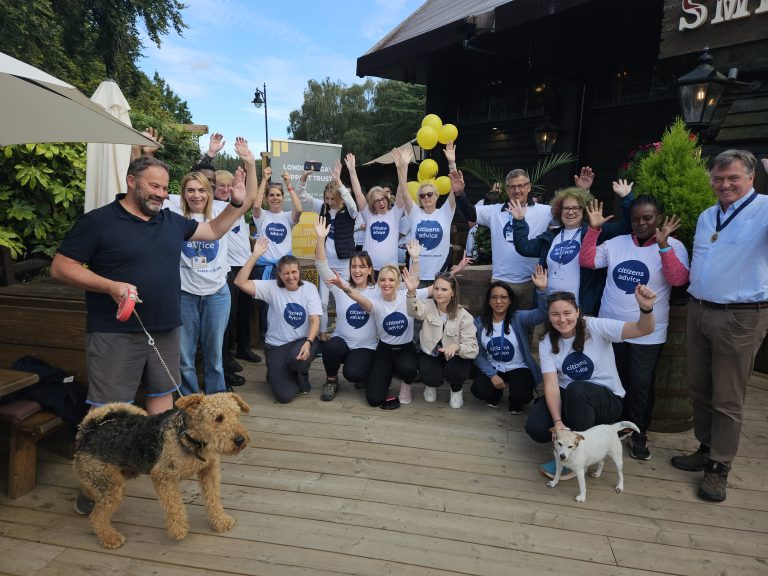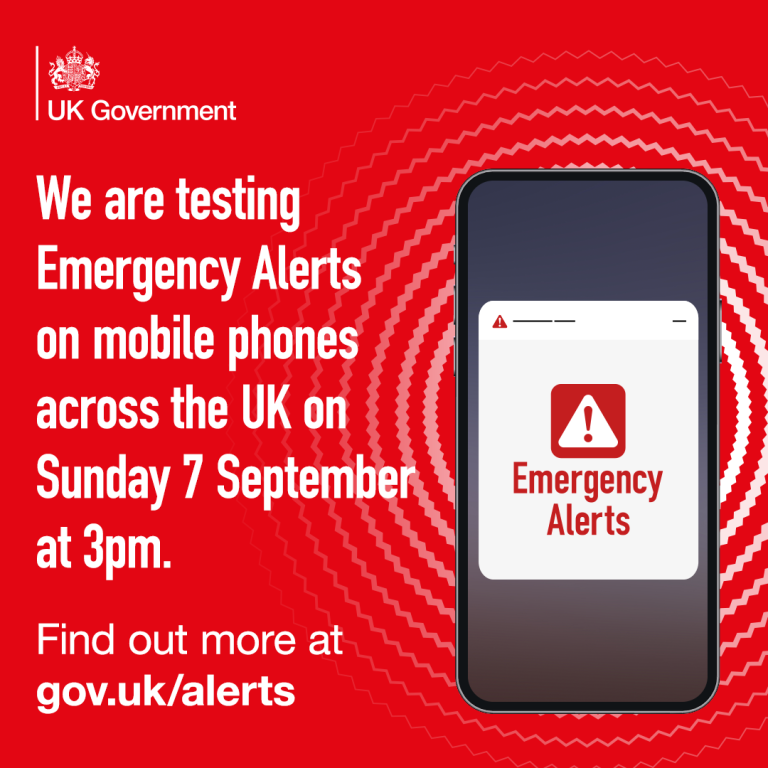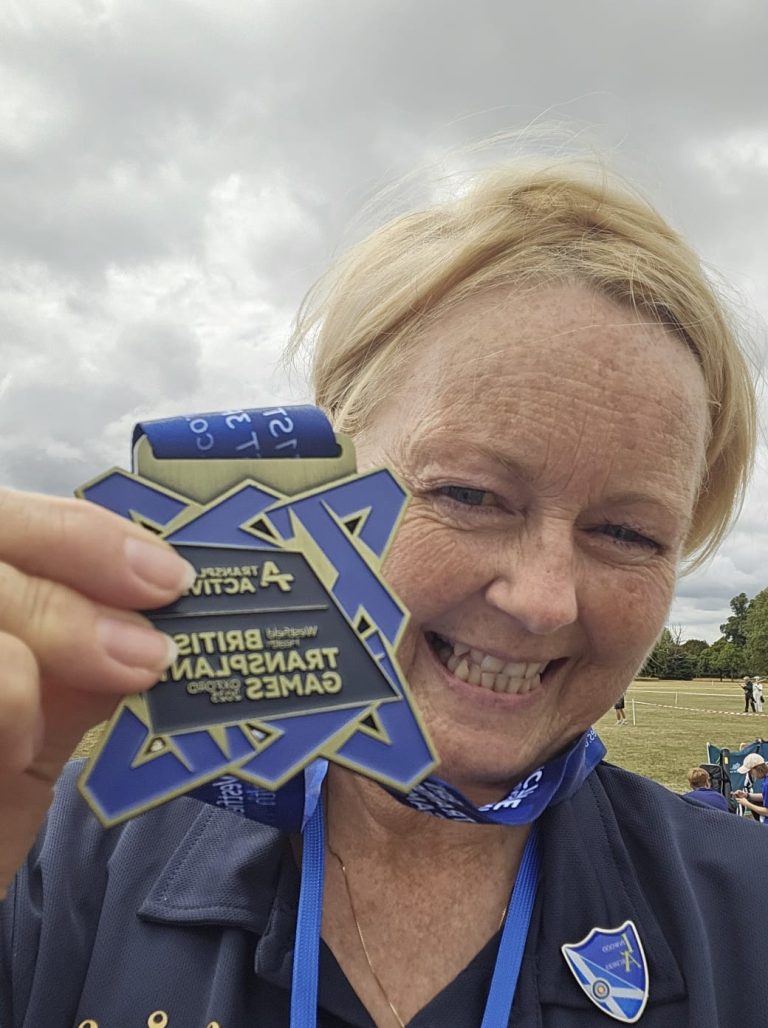SEND Information and Support

SEND Information and Support
As a parent or carer of a young person with Special Educational Needs and Disabilities (SEND) it can be difficult navigating the benefits system and understanding what your child is entitled to.
The support received by a child or young person with a learning disability will vary depending on their needs.
We’ve put together a series of events, resources, support and information to help ensure your child has access to the support they need.
Events
We are delivering free online webinars on disability benefits to help parents and carers of children and young people with SEND.
These will help people to apply successfully for Disability Living Allowance (DLA) for those under 16 and Personal Independence Payment (PIP) for people 16 or over.
The aim of these webinars is to help parents and carers learn more about eligibility for these benefits and to have the opportunity to learn more about how to fill the applications out themselves, as well as gain awareness about the other benefits available.
These webinars are in group session format, of no more than 20 people a session and take place on Zoom.
Come along and join to learn more.
Resource Tools:
- Presentation – Couldn’t make the webinar? Check out the PIP presentation, Click here or check out the DLA presentation, Click here
- Tips – Read these general top tips from Contact on completing the DLA form, along with brief explanations of some of the more difficult parts of the form and the kind of information to include.
- Video – Watch this great video which helps explain DLA and what it involves.
- Benefits Toolkit – A helpful guide to benefits on offer.
- DLA Diary Template – Keeping a diary of your child’s care needs before you fill in the DLA claim form can help when it comes to answering the questions.
- PIP Diary Template – It can help you fill in your PIP claim form or be used as supporting evidence for your claim.
What is Disability Living Allowance (DLA) and who is it for?
DLA is extra money to help you with everyday life if you have a child under 16 who’s disabled or has a health condition. To be eligible for DLA at least one of the following applies to your child:
- They need a lot more care, attention or supervision than a child of the same age who isn’t disabled
- They have difficulty walking or getting around outdoors in unfamiliar places, compared to a child of the same age who isn’t disabled
How much DLA can I get for my child?
The latest information on the DLA rates for children can be found here.
DLA isn’t means tested, so how much you earn doesn’t impact how much you can get.
The money can be spent on anything.
How is DLA worked out?
The amount of DLA you get is made up of 2 parts called ‘components’ – the ‘care component’ and the ‘mobility component’. Each component is paid at different rates.
You might get one or both components, depending on the type of care your child needs.
The care component is based on how much care and supervision your child needs because of their condition.
The mobility component is based on your child’s ability to walk and how hard they find it to get around places that they don’t know well.
What is Personal Independence Payments (PIP) and who is it for?
Personal Independence Payment (PIP) is extra money to help you with everyday life if you have an illness, disability or mental health condition. You don’t need to have worked or paid National Insurance to qualify for PIP, and it doesn’t matter what your income is, if you have any savings or you’re working.
How much PIP can you get?
The Department for Work and Pensions (DWP) makes the decision about the amount of PIP you get and for how long. We can’t say exactly what you’ll get before you apply because the DWP bases the amount you get on your application, and the length of your award on the likelihood of your condition changing.
How is my PIP claim assessed?
To get the daily living component of PIP, you must have a physical or mental condition that limits your ability to carry out some or all of these activities:
- preparing food
- eating and drinking
- managing your treatments
- washing and bathing
- managing toilet needs or incontinence
- dressing and undressing
- communicating verbally
- reading and understanding written information
- mixing with others
- making decisions about money
To get the mobility component of PIP, you must have a physical or mental condition that limits your ability to carry out some or all of these activities:
- planning and following journeys
- moving around
How is PIP worked out?
PIP is made up of 2 parts called daily living and mobility, and each can be paid at either a standard or enhanced rate.
Daily living component is for the extra help you need with everyday tasks. This can include preparing food, washing, getting dressed or communicating with other people.
Mobility component is for the extra help you need getting around. This can include moving, planning a journey or following a route.
How to Get Advice

In Person

By Phone

Online

Refer Someone
News & Events
Legal eagles from throughout the area joined staff from Citizens Advice in West Sussex (CAWS) to take part in a 10km fundraising walk to raise vital cash for Citizens Advice services. The annual Crawley Legal Walk, which took place in Tilgate Park in Crawley on Tuesday (September 9) aims to raise thousands of pounds, with this year’s money going directly to key CAWS projects, including the foodbank team and cancer support project.
Here at Citizens Advice in West Sussex, we are hosting regular advice webinars in the evenings and daytime to help parents and carers of young people with disabilities, including Special Educational Needs (SEND), navigate the benefits system.
The UK government will be conducting its second Emergency Alert test this Sunday at 3pm. Read on to find out everything you need to know about to the Emergency Alert test this weekend, including how to opt out if you need to.
Our Spring/Summer Newsletter is here!
Donna competed in Archery at the British Transport Games in Oxford from 31st July to 3rd August winning not only Gold in her age group but also being the highest scoring female across all age groups!
Over the past six weeks, I’ve been working as a Communications and Community Engagement Intern with Citizens Advice West Sussex. I have been welcomed into this role by an incredible team who have supported me and given me hands-on experience into the work that goes into supporting local communities.





